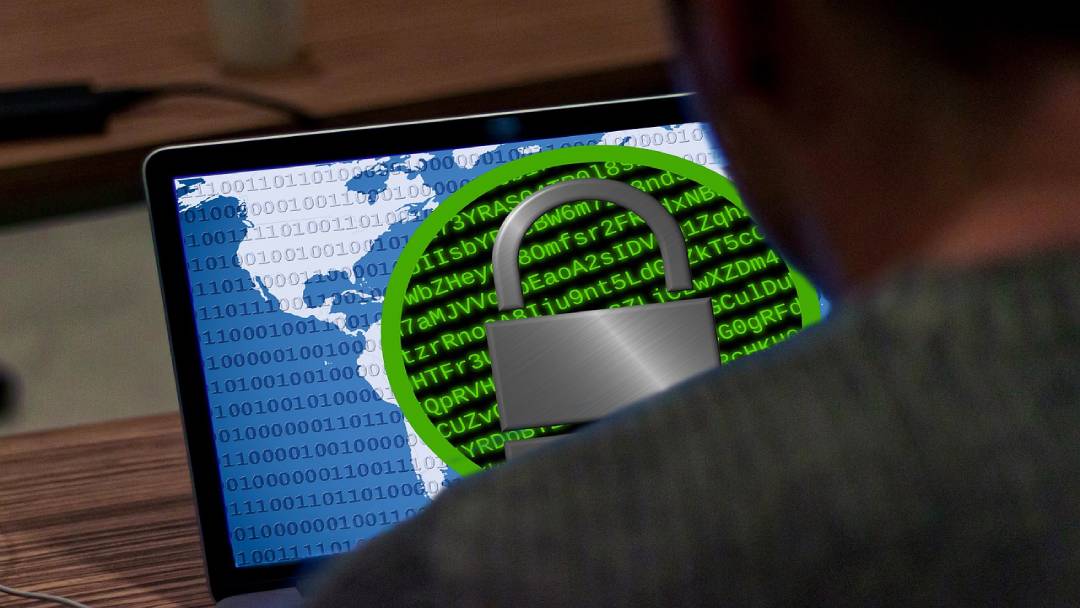Did you know that cybercrime annually generates an estimated $3.5 billion in losses for businesses and individuals? This statistic helps explain why people were so concerned over a recent ransomware attack made on Mitel VoIP.
Hackers used a zero-day vulnerability to target a Mitel appliance. But did they get away with it? And how critical is the Mitel vulnerability? Those who want to discover more about the answers to these questions are in the perfect place.
In this guide, we’ll go over both the attack and essential concepts you need to know. That way, you get a complete picture of the event.
What Is a Ransomware Attack?
To understand the Mitel VoIP zero-day attack, we first need to understand what a ransomware attack is. Here’s how it works. Hackers will use a form of malware to gain access to a network. Once inside, they’ll likely encrypt all of the data.
That means you won’t be able to access your data or be locked out of the network. Then, the hackers will make you pay a ransom to get access to your data again.
Sometimes a ransom is only part of the end goal of these attacks. They might steal your data so they can release it to the public. That’s why it’s important to follow these tips to stop ransomware.
Related: Remote Office Phone Systems: What to Know
What Is a Zero-Day Vulnerability?
Now that we know about ransomware, we can move on to zero-day vulnerabilities. The term zero-day vulnerability refers to a flaw found in software programming that is found before the original programmer is aware of it.
The name comes from the time the developer has to fix the problem. Once the vendor learns about the flaw, they have zero days to fix it before it can be exploited. When hackers know about this exploit, they can use it to attack and compromise an organization’s entire network.
Want to learn how to protect against zero-day vulnerability? Contact us today, and we’ll walk you through how to secure your system.

How Do They Work?
When developers make software, they’re aware of specific vulnerabilities in the code. That’s why they constantly scan for these vulnerabilities and patch them as soon as they’re located.
However, hackers can use the code to infiltrate and steal information if these vulnerabilities remain unpatched. The worst part is that these attacks don’t need to be instantaneous.
Once they’ve entered the source code, they can wait until the perfect time to attack. This makes them much more stealthy than the average hacker attack.
Related: What Is a Hosted Contact Center? [Solutions & Providers]
The Attack On Mitel VoIP Using CVE-2022-29499
Not that we know more about ransomware attacks and zero-day vulnerability exploits, but we can learn more about the specific attack against Mital VoIP. News of the attack came from a cybersecurity firm called CrowdStrike.
In their report, they found a specific zero-day vulnerability that was accessed through a Mital VoIP appliance. They used a remote code exploitation execution to gain access to the target network. This zero-day exploit became known as CVE-2022-29499.
The hackers used CVE-2022-29499 to enter the network. Once inside, they began overwriting any free space and removing files. The good news is that the attack was discovered and prevented.
Security tracked the IP address of the device and took it offline. And, despite the hackers covering their tracks, their overall attack methodology was discovered.
In April of 2022, Mitel fixed CVE-2022-29499 by sharing a remediation script with its customers. Sadly, this type of thing can happen when you need to take the proper steps when switching to a VoIP system.
How Critical Is the Mitel Vulnerability?
The Mitel vulnerability is quite critical for anyone that uses the hosted VoIP. One vulnerability scoring system for the CVSS gave CVE-2022-29499 a 9.8 out of 10 in terms of severity. This makes the issue a critical shortcoming.
Once inside, it’s straightforward for hackers to extract the data they want. That’s why it’s vital for all organizations to patch this problem immediately. Otherwise, you could be facing a dangerous ransomware attack.
Related: Web Collaboration Solutions
How Do You Protect Against Ransomware?
You can do many things to prevent some of these ransomware attacks. First, you can use firewalls and endpoint protection. Firewalls will scan the traffic coming in and out of your network.
It can look at where the data is coming from, or simply the data itself, to determine if it’s malware. Endpoint protection is used to shield individual endpoints from these ransomware threats.
While endpoint protection makes it easier to protect personal devices, it is pretty challenging to manage. So, consider getting remote management and monitoring services for this purpose. Next, you want to keep recent backups of all your data.
If you have these backups, you can simply restart the system. It removes any leverage your hackers might have with your encrypted information. Whenever you plan on using public wi-fi, you should always be using a VPN. This is one of the main ways hackers infiltrate devices.
When protecting against ransomware, you need a VoIP system with appropriate security features. You can explore all of the SE Telecom VoIP features here.

The Importance of Protecting Against Hackers
The attack on Mitel VoIP was a close call. If the hackers had gained access to the Mitel network, they could have held everything for ransom. It points to the importance of protecting against these types of cybercriminals.
Paying to be let back into your system isn’t even the most significant threat. These types of attacks can release the personal information of thousands of individuals. So make sure you go with a VoIP provider that’s prepared to help you against these types of potential threats.






